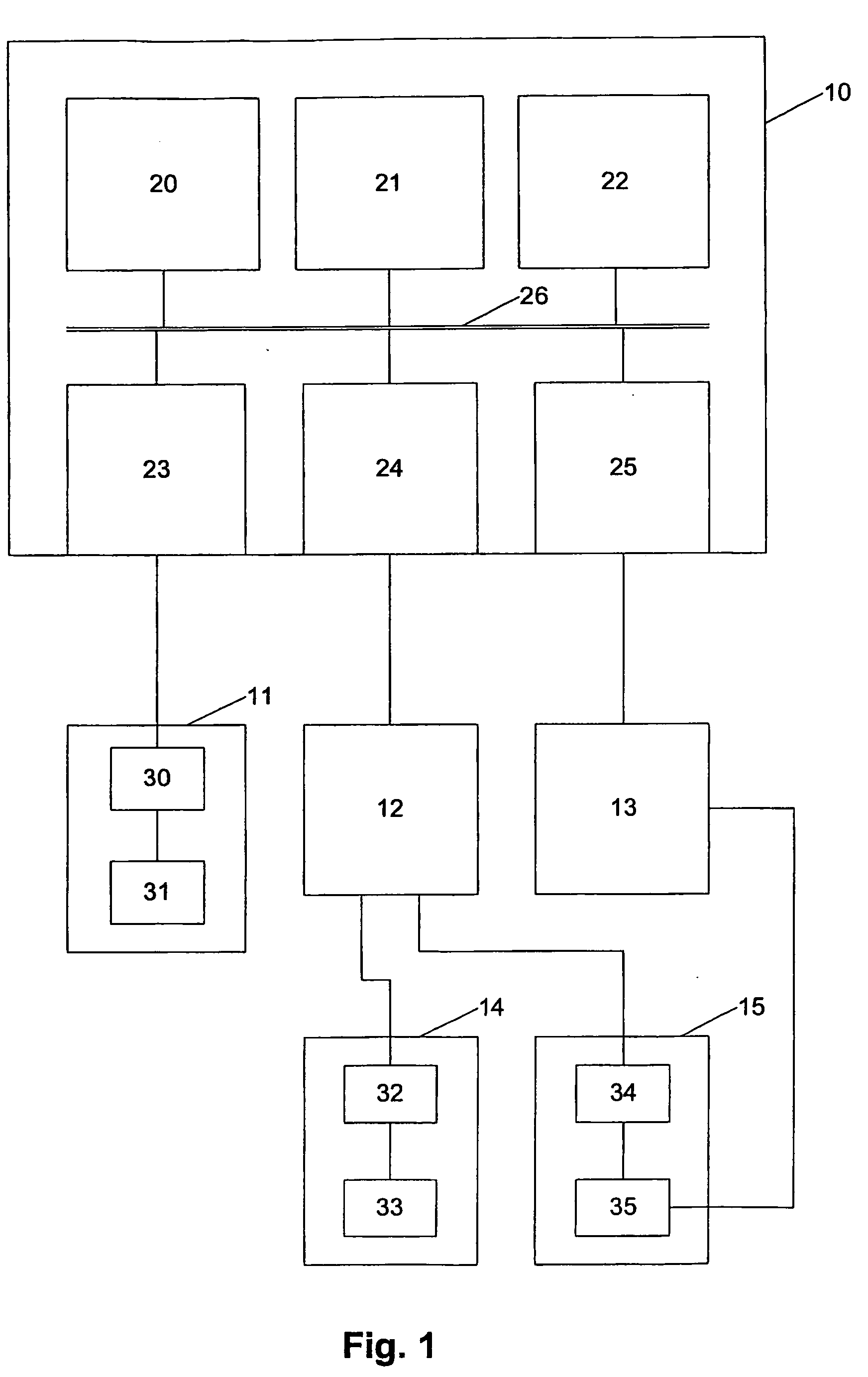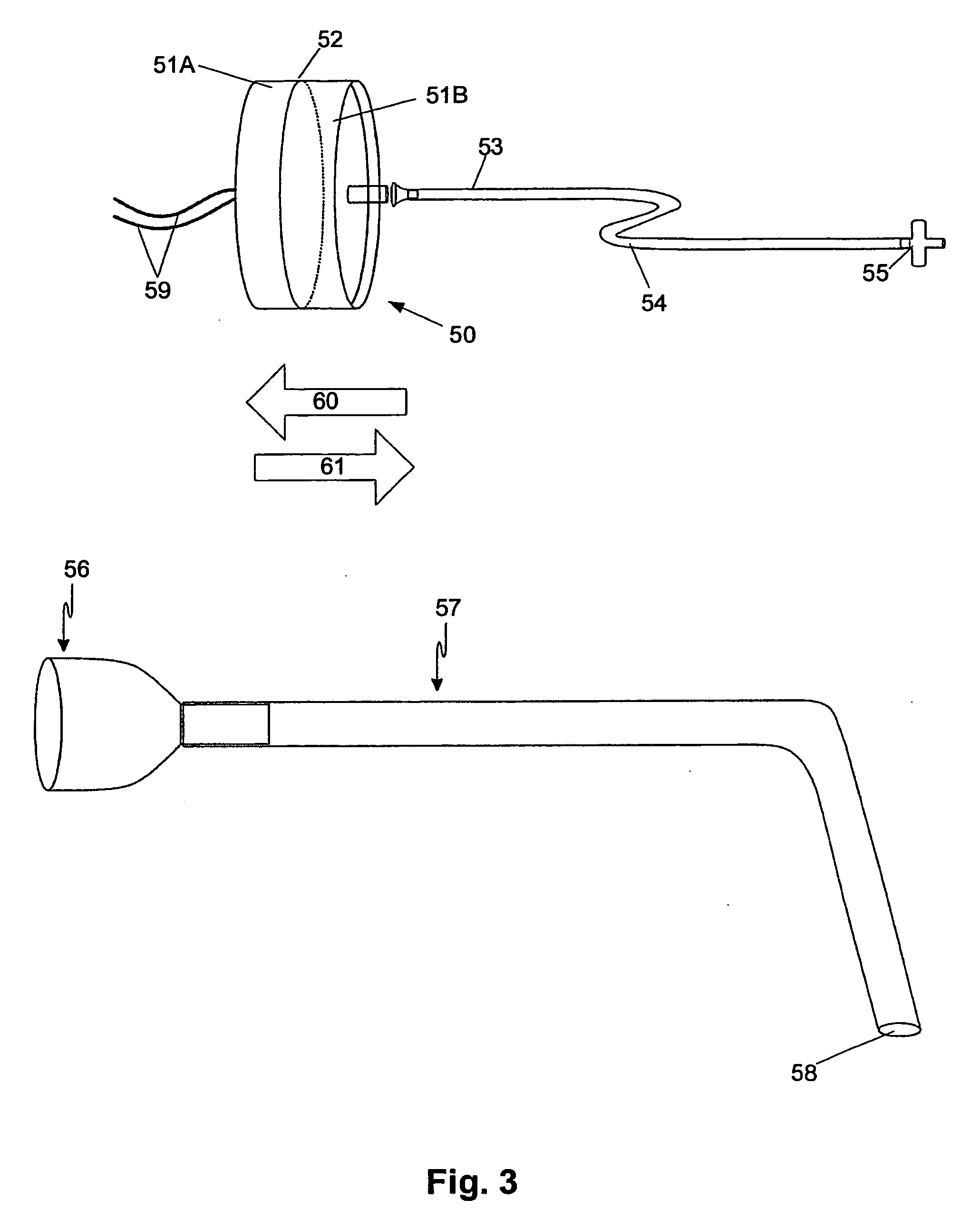Electrofusionof cells and apparatus therefore
a technology of electrofusion and cells, applied in the field of electrofusion of cells and apparatus, can solve the problems of low efficiency and cytotoxity of current methods, the method of fusion carried out by chemical or biological means is often affected, and the current methods are limited
- Summary
- Abstract
- Description
- Claims
- Application Information
AI Technical Summary
Benefits of technology
Problems solved by technology
Method used
Image
Examples
specific example
[0262] An outline of the production of a human-human hybridoma using the apparatus of FIG. 1 will now be described. In general the explanation will focus on the following staged of the process. [0263] Preparation of the cells for fusion [0264] Setup of the apparatus for fusion [0265] Manipulation of the cells in readiness for fusion [0266] Electrofusion of the selected pair of cells to obtain hybrid fusates.
Preparation of the Cells for Fusion.
[0267] Peripheral Blood Mononuclear Cells (PBMC) were prepared according to the following protocol: Buffy Coats are obtained from healthy donors (sero-negative for HIV, Hep-B, Hep-C, HTLV-I and Syphilis) from the Australian Red Cross Blood Bank, Sydney, NSW. PBMC are isolated by density centrifugation on Ficoll-Paque™ Plus (Amersham Pharmacia, 17-1440-03). The B cells are then isolated for fusion. Untouched B cells are isolated from PBMC with MACS B Cell Isolation Kit (Miltenyi BioTec, 469-01) by magnetic depletion of T cells, NK cells, myel...
PUM
| Property | Measurement | Unit |
|---|---|---|
| Diameter | aaaaa | aaaaa |
| Current | aaaaa | aaaaa |
| Electrical conductor | aaaaa | aaaaa |
Abstract
Description
Claims
Application Information
 Login to View More
Login to View More - R&D
- Intellectual Property
- Life Sciences
- Materials
- Tech Scout
- Unparalleled Data Quality
- Higher Quality Content
- 60% Fewer Hallucinations
Browse by: Latest US Patents, China's latest patents, Technical Efficacy Thesaurus, Application Domain, Technology Topic, Popular Technical Reports.
© 2025 PatSnap. All rights reserved.Legal|Privacy policy|Modern Slavery Act Transparency Statement|Sitemap|About US| Contact US: help@patsnap.com



